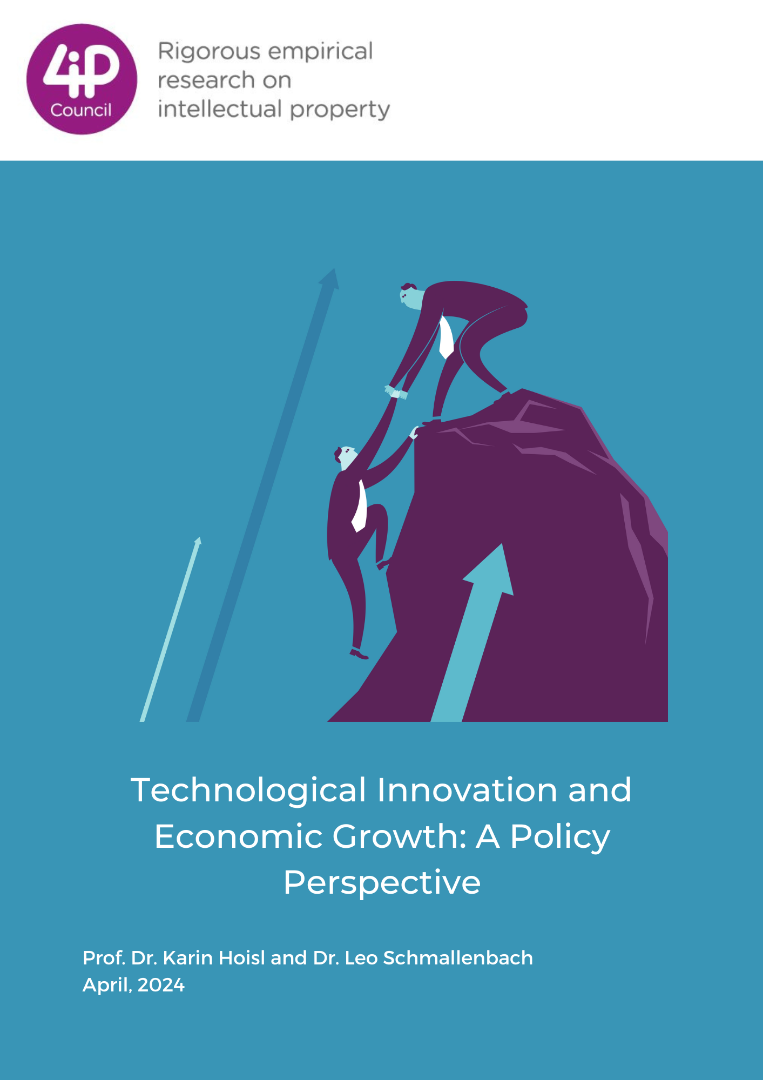Executive Summary by 4iP Council
Alexander Galetovic and Stephen Haber recently published the paper SEP Royalties: What Theory of Value and Distribution Should Courts Apply? in which they argue that in adjudicating the value of SEPs, courts should rely on information from the market – the “comparables” technique. As they note, courts should ask experts about observed market outcomes — the royalty bases and rates actually paid by other licensees for a comparable patent portfolio licensed under similar temporal circumstance. Moreover, Galetovic and Haber explain why there is a functioning SEP licensing market for smartphones, which is not characterized by the exercise of monopoly power. Finally, the two authors contend that courts should not rely on either the “bottom-up” or “top-down” techniques because they are based on flawed theories and depart from mainstream economics.
- The Comparables Technique
The comparables technique starts from the premise that when a functioning licensing market exists, observed royalties are the market rental price of assets — the SEPs — which can be used to value similar transactions. It is based on price theory, the standard theory of value and distribution in economics, which answers two key questions: 1) where does value come from; and 2) how is value distributed among inputs in a production chain?
In the smartphone market, the value created by the entire production chain is equal to how much consumers value the final product – the smartphone. The share of SEP royalties in the generated value is the equilibrium outcome of a complex process of cost minimization and profit maximization, where no stage of the production chain is independent of and separable from the others. Any attempt by an expert to apportion the value of SEPs, must take into account consumer demand for the final product, the payments to all inputs across the entire production chain (not simply at one stage of the production chain), and the rents earned by all the firms in the supply chain, including the implementer that sells the final product into the consumer market.
As with any input, the equilibrium rental price of a given SEP portfolio is determined by the interaction of the derived demand for it and its supply. That derived demand is a product of two forces: the demand for the final product (i.e., smartphone), which consumers value; and the possibilities for other firms, the production chain, to substitute away from it, which might include different physical inputs or different patented technology. In short, in a functioning market, the rental market price of SEPs — the royalty payment — is the value assigned to it by the market.
- Absence of Monopoly Power in the Market of SEPs
Claims made by some academics and competition authorities that SEPs grant different types of monopoly power — one on the basis of the patented technology, and a second based on the appropriation of the value of standardization, and that these are independent and separable — have no basis in economic theory.
Had there been a monopoly at work — had any single one of the many firms that license SEPs been operating as a monopoly, or had the SEP holders joined together to operate as a single monopolist, the royalties would have been 15 to 20 times higher than those that have been actually observed. Market data shows that for whatever reasons, firms who design and market smartphones perceive opportunities for substitution such that SEP holders are unable to operate as monopolists.
- Evidence of a Functioning SEP Licensing Market
One hallmark of a functioning SEP licensing market is that there is a set of market-specific practices according to which firms behave. In the smartphone market, the nature and outcome of each licensing negotiation depends on the specific characteristics of each deal, but several licensing practices are well established in the industry (e.g., portfolio level licensing, cross licenses).
A second indicator of a functioning SEP licensing market in the smartphone industry is the fact that there is a remarkable degree of vertical separation across the smartphone production chain, in which there are numerous firms that specialize in developing and licensing the necessary technologies.
A third indicator of a functioning SEP licensing market is the steady royalty rates earned by the firms that specialize in technology development. The stability of the average cumulative royalty yield over time is remarkable, considering the large changes in the mobile phone market since 2007. For example, the composition of sales between feature and smartphones changed significantly over the period and the value of sales roughly doubled — yet the average cumulative royalty yield remained stable. This suggests an equilibrium market price and outcome.
- The Bottom-Up and Top-Down Techniques
There are deep conceptual flaws with both bottom-up and top-down techniques. They are based on “patent holdup” and “royalty stacking” theories, which have been shown to fail tests for logical consistency, logical completeness, and fit between predictions and the empirical evidence. Evidence from industries that should be canonical cases of “patent holdup” and “royalty stacking” display outcomes that are completely at variance with the predictions of these two theories.
The bottom-up technique (i.e., value SEPs is equal to the incremental value of the patented technology compared to its next-best alternative at the time that the SEP became part of an industry standard) cannot be determined when the next-best alternative never came to market because it was not selected by an SDO into a standard. Plainly stated, no one can claim to know the market price of a technology that never sold in a market.
The top down technique starts with a fundamental fallacy: a single expert or court is in a position to determine the combined value created by all patented technologies in a standard. The second fallacy relates to the use of some algorithm to allocate the cumulative royalty to particular SEP portfolios or even individual SEPs. It is not clear how a court should apportion the aggregate value of the standard among its component patents. A number of methods have been proposed and used by courts and experts. None, however, is based on any theory of economics that we know of.






